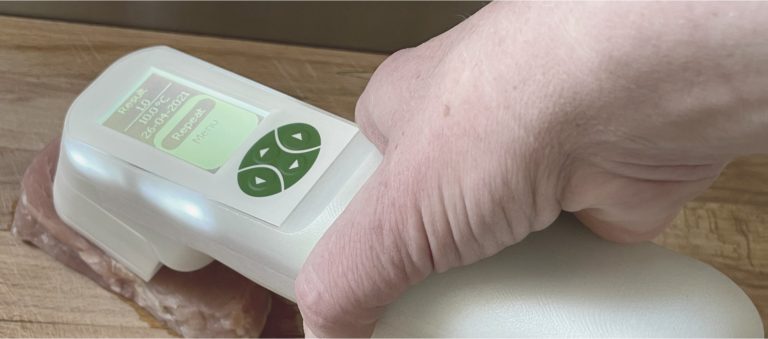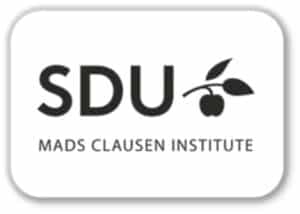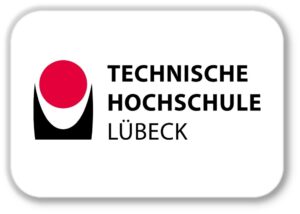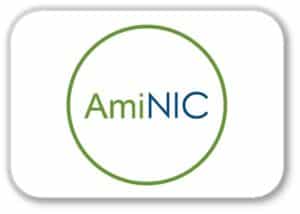About
We are an interdisciplinary team that collaborates across the Danish-German border bringing in our expertise to design a genuinely novel sensor.

A freshness sensor for meat and fish
It will soon be possible to determine the exact shelf life of meat and fish with a sensor, saving tons of food from being thrown away prematurely.
Meat and fish production heavily contributes to CO2 emissions and unsustainable food consumption. On the other hand, meat/fish production are important regional economic activities. PRECISE will propose a model to reduce the carbon footprint of meat/fish consumption by eliminating the unnecessary food waste. Today, restaurants and food stores rely on the printed “best before” date of meat and fish products, which is based on general prediction curves for meat degradation. For pork cuts at 5°C, the prediction curve says 8 +/- 3 days. To be on the safe side, expiration dates are set to 5 days, leading to a huge product waste of 48,000 tons/year in Schleswig-Holstein/ Syddanmark/ Sjælland.
Meat/fish pieces are purchased with a “best before” date, and the retailers/restaurants are legally allowed to extend that date if the product is still consumable. Currently, the only feasible way to do that in this part of the value chain is to use human senses to evaluate the freshness, and doubts lead to waste. There is a need for an instrument which could give an objective and reliable measurement on food freshness, eliminating doubts and waste.
We propose to realize this potential for better resource use by implementing a sensor enabling PRECISE measurements of meat and fish expiration dates, terminating 50% of the current meat/fish waste. Our starting point is the current cross-border meat freshness sensor developed by the partners. This solution can measure product freshness indexes, but due to limitations on the sensing elements, databases, and AI algorithms, it currently only operates for 4 types of meat/fish species. PRECISE will maximize the impact of such a solution expanding the library of meat/fish types. That requires innovative steps with cross-border expertise to implement a new type of sensing element, to perform advanced AI data analysis, and to calibrate the sensors with accredited quality methodology. Our constellation of network partners standing for the meat/fish retailers’ part of the value chain will continuously assess the achieved solutions.
The project aims to achieve the following objectives:
- Reproducible, ultra-sensitive and upscalable sensing elements, which are able to detect cadaverine levels for 11 types of meat/fish type with high precision.
- Sensor measurements will be compared with product safety (bacterial count) and quality (sensory evaluation) standards given by safety/quality accredited partners in a cross-border database.
- An advanced artificial intelligence algorithm will be developed to correlate new measurements to the database and predict the exact product expiration date.
- The precise sensing element, database and algorithm will be implemented in a user-friendly device which will be interactively prototyped with meat/fish retailers/restaurants in Denmark and Germany.
“With our sensor, a significant amount of meat and fish can be saved from being thrown away prematurely.”

Roana de Oliveira Hansen
Our partners

Lead partner
Takes the overall lead and steers the development of:
- Reproducible cantilevers
- Ultrasensitive cantilevers
- Upscalability of cantilevers

- Develops a prediction algorithm for prediction of precise expiration dates
- Apply machine learning , on the accumulated data, collected by all sensors
- Validates the AI models
- Implementation of AI models in the final device

Target: create a database for meat which correlates PRECISE cadaverine readings with:
- Sensory evaluations of meat
- Bacterial counts from the accredited lab
- Chemical analysis
- Comparison with sensor data

- Upscaling the cantilever fabrication
- Fabrication of a batch of 400 cantilevers
- Fabrication with state-of-the- art reliability
- In the final development stage fabrication of a batch of 2000 cantilevers

- Sensory evaluations of fish
- Bacterial counts from the accredited lab
- Chemical analysis
- Comparison with sensor data

- Develop a user-friendly senor to be used by supermarkets and restaurants
- Improve the current hardware together with the partners
- Update the software and extend the data base with data from partners
Our network partners

